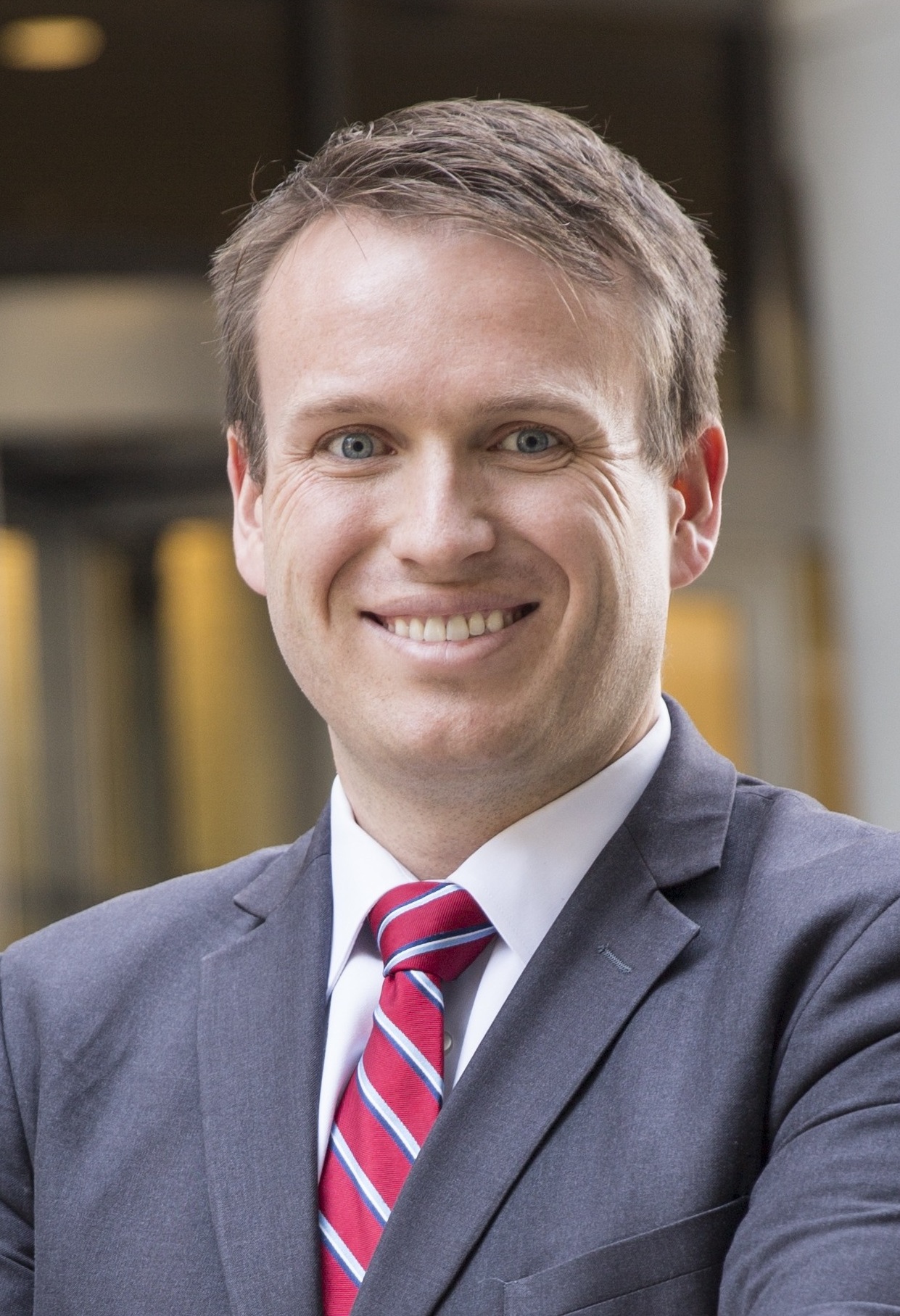Your budget creation cycle for the next fiscal year should begin in October. This is when MIT’s Provost and Executive Vice President and Treasurer (EVPT) jointly issue the annual Budget Letter for the upcoming fiscal year.
NIMBUS—MIT’s online budget submission and maintenance application—is the tool you will need for all aspects of budget preparation.
Use the FY24 Guidance for Budget Preparation materials to understand the overall structure of the Institute’s budget.
If you are budgeting for auxiliaries, consult the Handle Auxiliary Budget Requirements page of the VPF website for special considerations.
If your academic or administrative unit is like most units at MIT, you receive funds from the General Institute Budget (GIB) to support your operating costs. The GIB has two components—a “base” recurring component and a “non-base” non-recurring component.
A typical general base budget includes:
- salaries
- employee benefits (EB)
- equipment
- teaching assistant (TA) tuition and salaries
- other operating expenses such as materials and services (M&S), travel, and professional development
- drafts and revenues in support of operations
A typical non-base general budget includes:
- research assistants (RAs) academic year tuition support (50%)
- Student Extended Insurance Plan (SEIP) support for RAs
- non-recurring amounts specifically approved by the Provost or EVPT
Your recurring or base budget generally is developed through incremental adjustments, which means that your current year base budget becomes the starting point for your next budget. Any budget approvals given by the Provost and/or the Office of the EVPT will be added to or, in the case of budget reductions or reallocations, subtracted from your base.
Your non‐recurring or non‐base budget generally will consist of one‐time spending authorizations approved by the Provost and/or the Office of the EVPT and authorizations established by long‐standing MIT policy (such as the RA tuition subsidy). Your non‐base budget can include expenses that will be supported from non‐sponsored funds. You should “draft” these funds to support the corresponding expenses in your GIB.
Your non-base budget also can include carry-forwards from unexpended budgets in prior years. Only some of these non-base budget items should be included in your NIMBUS budget submissions in February, however.
If your academic or administrative unit’s GIB allocation is more than you plan to spend, you may carry forward the unspent allocation to the next fiscal year. If, however, your academic or administrative unit’s GIB allocation is less than you plan to spend, you must identify funding sources to cover the GIB shortfall. In such cases, your GIB budget should include all assumed expenditures along with the drafts or transfers needed to cover over-utilization of these funds.
Your unit’s budget for sponsored research funds should reflect your expected sponsored research activities in aggregate for a given year. Refer to Guidelines for Budgeting All Fund Categories.
Use sponsored funds to budget for and track your unit’s sponsored non-research activities. Sponsored fund revenues generally come from non-research revenues and expendable gifts. If your academic or administrative unit uses funds to support discretionary activities, scholarly allowances, or special instructional projects such as curriculum development, budget for these activities in non-sponsored funds. Refer to Guidelines for Budgeting All Fund Categories for more information.
If your area reports up through the Executive Vice President and Treasurer (EVPT) or President, you must submit a budget request to the EVPT. If your area reports up through the Provost, you must submit a budget request to your dean. Your dean and department head will meet in late fall/early winter to discuss budget requests. Your dean will submit all appropriate requests to the Provost for approval.
These requests, along with requests submitted to the Office of the EVPT, are due as indicated in the annual Budget Letter (typically issued in October). During December and January, your school or administrative department will meet with the Provost or Office of the EVPT, as applicable, to discuss these budget requests.
Fall/winter budget discussions may lead to further review and planning. You should incorporate results from these discussions into your planning of revenues, expenses, and transfers for each of MIT’s five funding categories—general (GIB), auxiliary, fund non-sponsored, fund sponsored, and research as described above.
The Details
Your budget creation cycle for the next fiscal year should begin in October. This is when MIT’s Provost and Executive Vice President and Treasurer (EVPT) jointly issue the annual Budget Letter for the upcoming fiscal year.
NIMBUS—MIT’s online budget submission and maintenance application—is the tool you will need for all aspects of budget preparation.
Use the FY24 Guidance for Budget Preparation materials to understand the overall structure of the Institute’s budget.
If you are budgeting for auxiliaries, consult the Handle Auxiliary Budget Requirements page of the VPF website for special considerations.
If your academic or administrative unit is like most units at MIT, you receive funds from the General Institute Budget (GIB) to support your operating costs. The GIB has two components—a “base” recurring component and a “non-base” non-recurring component.
A typical general base budget includes:
- salaries
- employee benefits (EB)
- equipment
- teaching assistant (TA) tuition and salaries
- other operating expenses such as materials and services (M&S), travel, and professional development
- drafts and revenues in support of operations
A typical non-base general budget includes:
- research assistants (RAs) academic year tuition support (50%)
- Student Extended Insurance Plan (SEIP) support for RAs
- non-recurring amounts specifically approved by the Provost or EVPT
Your recurring or base budget generally is developed through incremental adjustments, which means that your current year base budget becomes the starting point for your next budget. Any budget approvals given by the Provost and/or the Office of the EVPT will be added to or, in the case of budget reductions or reallocations, subtracted from your base.
Your non‐recurring or non‐base budget generally will consist of one‐time spending authorizations approved by the Provost and/or the Office of the EVPT and authorizations established by long‐standing MIT policy (such as the RA tuition subsidy). Your non‐base budget can include expenses that will be supported from non‐sponsored funds. You should “draft” these funds to support the corresponding expenses in your GIB.
Your non-base budget also can include carry-forwards from unexpended budgets in prior years. Only some of these non-base budget items should be included in your NIMBUS budget submissions in February, however.
If your academic or administrative unit’s GIB allocation is more than you plan to spend, you may carry forward the unspent allocation to the next fiscal year. If, however, your academic or administrative unit’s GIB allocation is less than you plan to spend, you must identify funding sources to cover the GIB shortfall. In such cases, your GIB budget should include all assumed expenditures along with the drafts or transfers needed to cover over-utilization of these funds.
Your unit’s budget for sponsored research funds should reflect your expected sponsored research activities in aggregate for a given year. Refer to Guidelines for Budgeting All Fund Categories.
Use sponsored funds to budget for and track your unit’s sponsored non-research activities. Sponsored fund revenues generally come from non-research revenues and expendable gifts. If your academic or administrative unit uses funds to support discretionary activities, scholarly allowances, or special instructional projects such as curriculum development, budget for these activities in non-sponsored funds. Refer to Guidelines for Budgeting All Fund Categories for more information.
If your area reports up through the Executive Vice President and Treasurer (EVPT) or President, you must submit a budget request to the EVPT. If your area reports up through the Provost, you must submit a budget request to your dean. Your dean and department head will meet in late fall/early winter to discuss budget requests. Your dean will submit all appropriate requests to the Provost for approval.
These requests, along with requests submitted to the Office of the EVPT, are due as indicated in the annual Budget Letter (typically issued in October). During December and January, your school or administrative department will meet with the Provost or Office of the EVPT, as applicable, to discuss these budget requests.
Fall/winter budget discussions may lead to further review and planning. You should incorporate results from these discussions into your planning of revenues, expenses, and transfers for each of MIT’s five funding categories—general (GIB), auxiliary, fund non-sponsored, fund sponsored, and research as described above.



